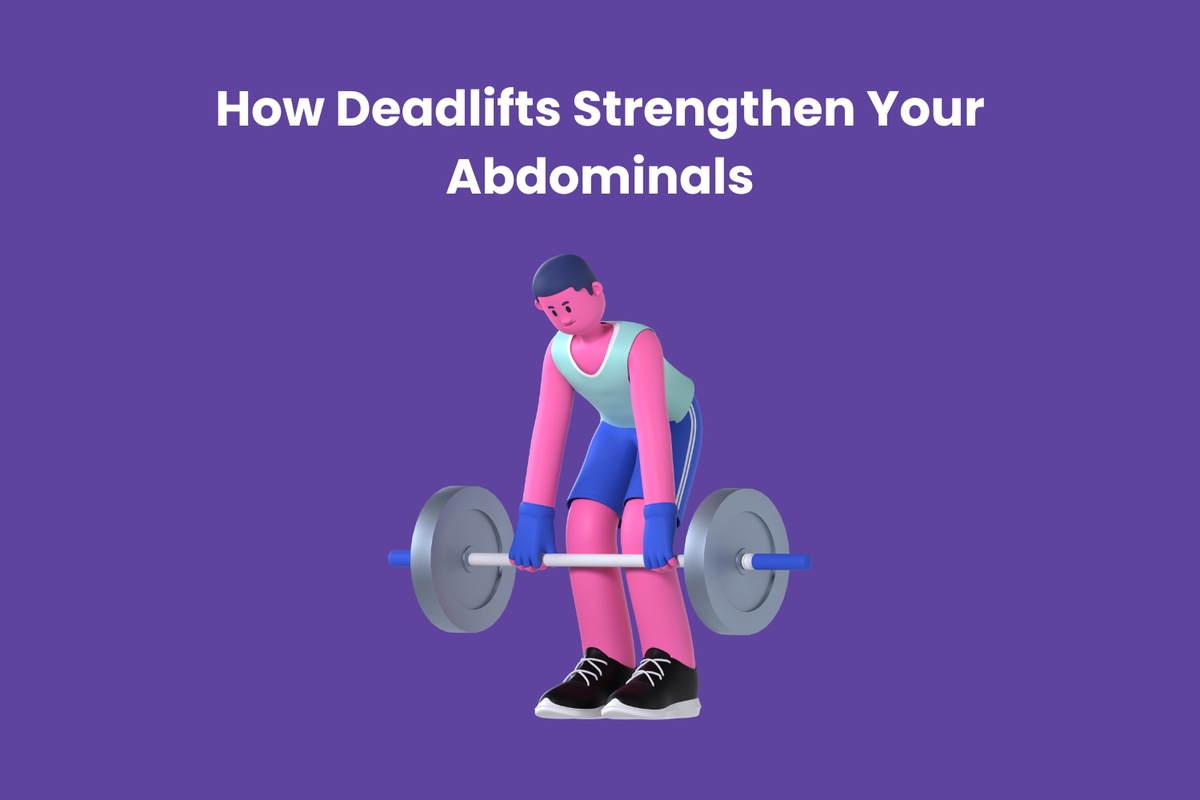When it comes to strength training, deadlifts are renowned for their ability to target multiple muscle groups, providing a full-body workout. While deadlifts are often associated with building strength in the posterior chain, including the lower back, glutes, and hamstrings, they also play a crucial role in strengthening the abdominals. In this blog post, we will explore the relationship between deadlifts and abdominal strength, shedding light on the question: What muscles do deadlifts work?
Understanding the Basics: What Muscles Do Deadlifts Work?
Before delving into the specific impact on the abdominals, let's first understand the broader spectrum of muscles engaged during a deadlift.
- Deadlifts heavily engage the hamstrings and glutes as you lift the weight from the ground, promoting powerful hip extension.
- The erector spinae muscles in the lower back work to stabilize and support the spine during the lifting phase.
- The quadriceps play a supporting role in extending the knee during the upward movement of the deadlift.
- The upper back muscles, including the traps, are engaged to maintain a stable and upright torso throughout the lift.
- The core, including the rectus abdominis (six-pack muscles) and the deep-lying transverse abdominis, plays a crucial role in providing stability and preventing the spine from flexing.
The Abdominals in Deadlifts: A Stabilizing Force
While deadlifts are not a targeted abdominal exercise like crunches or sit-ups, they demand significant activation of the core muscles to maintain proper form and stability. Here's how deadlifts contribute to abdominal strength:
- Deadlifts require the spine to resist flexion as you lift the weight. The abdominal muscles, especially the rectus abdominis, engage to prevent your spine from rounding forward. This anti-flexion movement places a substantial load on the abdominal muscles, making them work isometrically to maintain a neutral spine throughout the lift.
- The transverse abdominis, a deep-lying muscle that wraps around the abdomen, plays a crucial role in providing stability to the spine. During a deadlift, the transverse abdominis engages to create intra-abdominal pressure. This pressure acts like a natural weight belt, supporting the lower back and reducing the risk of injury.
- Proper deadlift technique involves a hip-hinge movement pattern. As you hinge at the hips to lower and lift the weight, the abdominal muscles work to stabilize the pelvis and prevent excessive arching or rounding. This dynamic stabilization engages the entire core.
- Deadlifts are a compound movement that integrates various muscle groups. As the lower back, glutes, and hamstrings engage, the abdominal muscles work synergistically to provide stability. This integration of muscle activation enhances overall core strength.
Maximizing Abdominal Engagement in Deadlifts
To optimize abdominal engagement during deadlifts and promote abdominal strength, consider the following tips:
- Maintaining a neutral spine is crucial for effective abdominal engagement. Ensure that your back is straight, shoulders are pulled back, and your core is tight throughout the entire movement.
- Emphasize the hip-hinge movement to minimize stress on the lower back and maximize engagement of the hamstrings and glutes. This technique places a greater demand on the core for stability.
- Practice diaphragmatic breathing and bracing techniques. Inhale deeply into your diaphragm before lifting, and then brace your core as if preparing for a light punch to the stomach. This technique enhances intra-abdominal pressure and core stability.
- Start with lighter weights and gradually progress to heavier loads as your strength improves. This approach allows your abdominal muscles to adapt to the demands of the deadlift progressively.
- Explore different deadlift variations, such as sumo deadlifts or Romanian deadlifts. These variations can alter the emphasis on specific muscle groups, providing a well-rounded approach to abdominal strength.
The Comprehensive Benefits of Deadlifts
While abdominal strength is a notable benefit of deadlifts, these compound movements offer a range of advantages for overall fitness:
- Deadlifts engage multiple muscle groups, making them a time-efficient exercise for a comprehensive workout.
- Strengthening the core and supporting muscles contributes to improved posture, reducing the risk of back pain and discomfort.
- The functional nature of deadlifts mimics real-world movements, promoting practical strength that translates to daily activities.
- Deadlifts, being a compound exercise, stimulate the metabolism and contribute to overall calorie burn.
Conclusion
Deadlifts, often hailed as the king of compound exercises, go beyond building a strong back and legs—they significantly contribute to abdominal strength. By engaging the core muscles in a dynamic and stabilizing role, deadlifts offer a comprehensive approach to building a resilient and functional core.


No comments yet